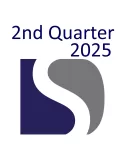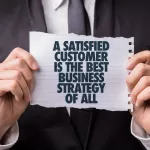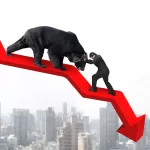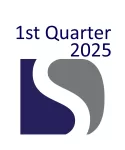Where Has the Focus Been?
The call for trust, people to be leaders versus bosses, and employees to be more engaged has been getting louder over the past 10 years. Yet, we have been working more on developing and improving programs to drive change in organizations. Instead of realizing what place these programs have in supporting a strategy, leadership has abdicated its responsibilities them. These programs have been used to take the place of a customer focused purpose for being in business. The danger in making an improvement program a strategy is it actually reduces the ability to change. Instead of using approaches like Lean to lead, we need to focus on how we develop leaders and managers to achieve objectives. We need to develop robust management systems.
When Lean was first put into practice, the popular approach was to conduct event after event to transform the organization. Kaizen blitzes were all the rage in the ‘90’s. It didn’t take long for most companies to figure out this didn’t work. Instead of understanding why, another improvement program like Six-Sigma, Theory of Constraints, or Business Process Re-engineering was adopted.
It Wasn’t Always This Way
Some corporations in the 1960’s went long, focusing on brand management and creating customer desired value by developing robust management systems. Not all companies realized the need for or knew how to use a system approach though. Most companies worked just the basics and were subjected to the ups and downs of their industry or the overall economy.
You can look to the iconoclasts like GE and others as the more successful companies in their time that developed robust management systems. We certainly don’t want the rigidity of the corporations of years past, but they did show the power of unified cultures. As early as 1916, GE saw the need for strong financial knowledge within the ranks and developed an in-house school of finance. The GE Financial Management Program (FMP), up until Welch’s tenure, was recognized by other employers as a bona fide finance program; rivaling ivy league universities. The ability to learn, develop and practice new skills and abilities became part of the culture within GE, this gave Jack Welch the ability to focus the entire company on Six-Sigma. Unfortunately for GE, I believe Welch’s insistence on using programs to drive change caused a catastrophic failure.
Understanding the Benefits Without Including the Whole Picture
Very few executives lured away from GE made the desired impact in other companies. They implemented a program without the support of a management system. We have learned since then what makes a company successful is born from its own unique culture. We can learn best practices from other companies. However, the risk of failure is high if we don’t understand the differences in cultures. Cultures can endure through time and changes in people. They persist when ideas are introduced with their uniqueness in mind and based on an established management system. It takes leadership to ensure the culture and company move together, in the right direction.
We have gotten away from robust management systems based on solid organizational development in pursuit of off the shelf approaches. This has led to the abundance of ever-expanding programs like BPR, Lean, Six Sigma, TOC, etc. I explain the pitfalls of these programs here. It’s how and where solutions are used that needs to be revisited.
It’s Not All for Nothing
Efforts to realize the full potential of improvement programs has not been futile. In fact, I believe in some ways it’s been necessary. To get the most out of something, we need to practice or try it out before we can discover the best way to use it. What I have observed over the past 30 years, is cultures take from a program what works best and discard everything else.
People have always resisted change. We resist not always because of the discomfort but sometimes because of the way it conflicts with our culture. Somehow, we have dismissed everyone’s resistance as a natural behavior to deal with, not giving enough attention to those who know differently. It takes engaged leadership to know the difference. With robust management systems, leaders provide a platform for consistent operations. They also offer smart decision making processes, adaptable to changes in customer needs.
We now have a better understanding of when, where and how to manage change. A best practice for strategy is to reengage teams. Additionally, clearly define the purpose for being in business, and develop a vision free of a specific program.
I don’t believe there is a substitute for leadership.







